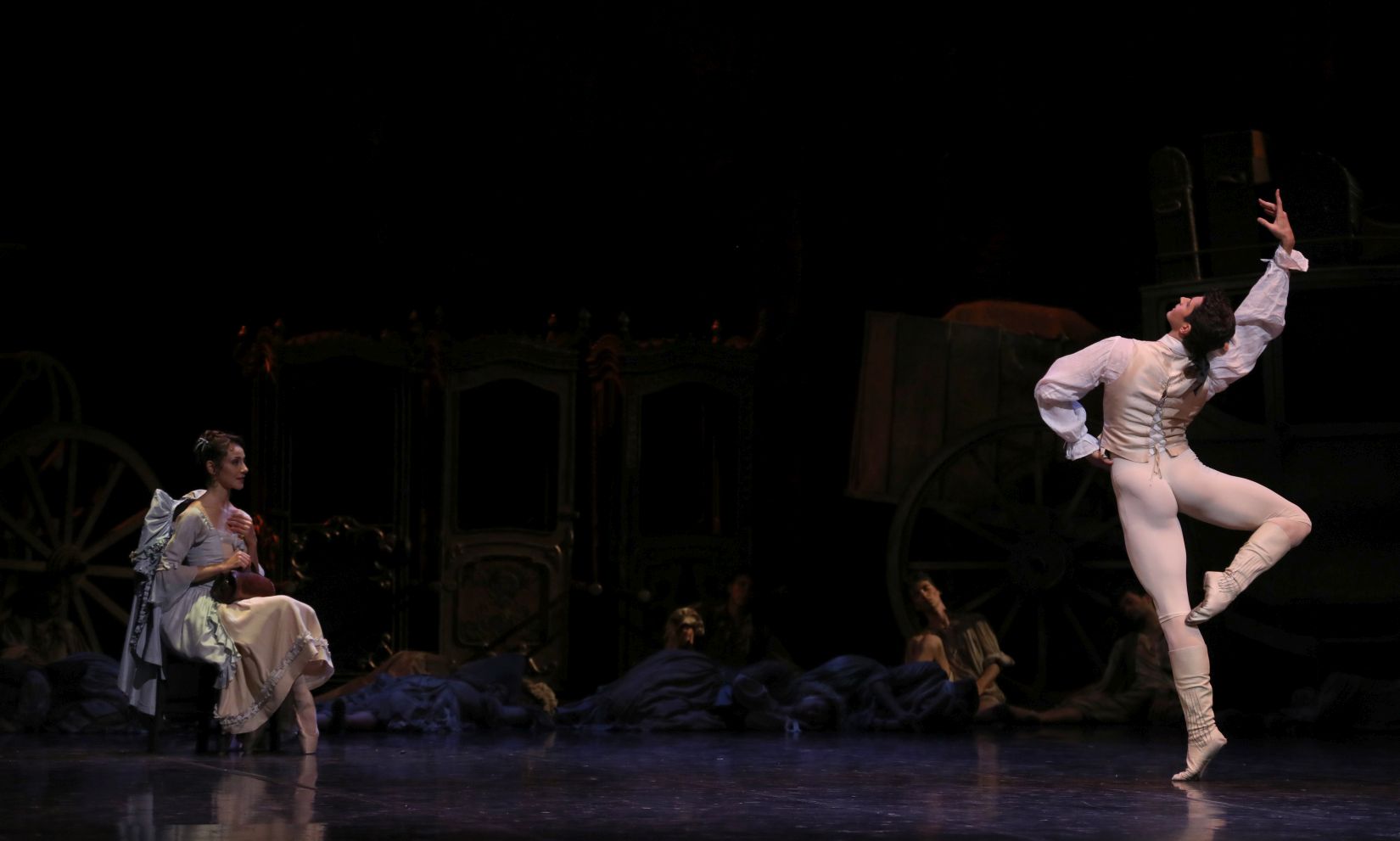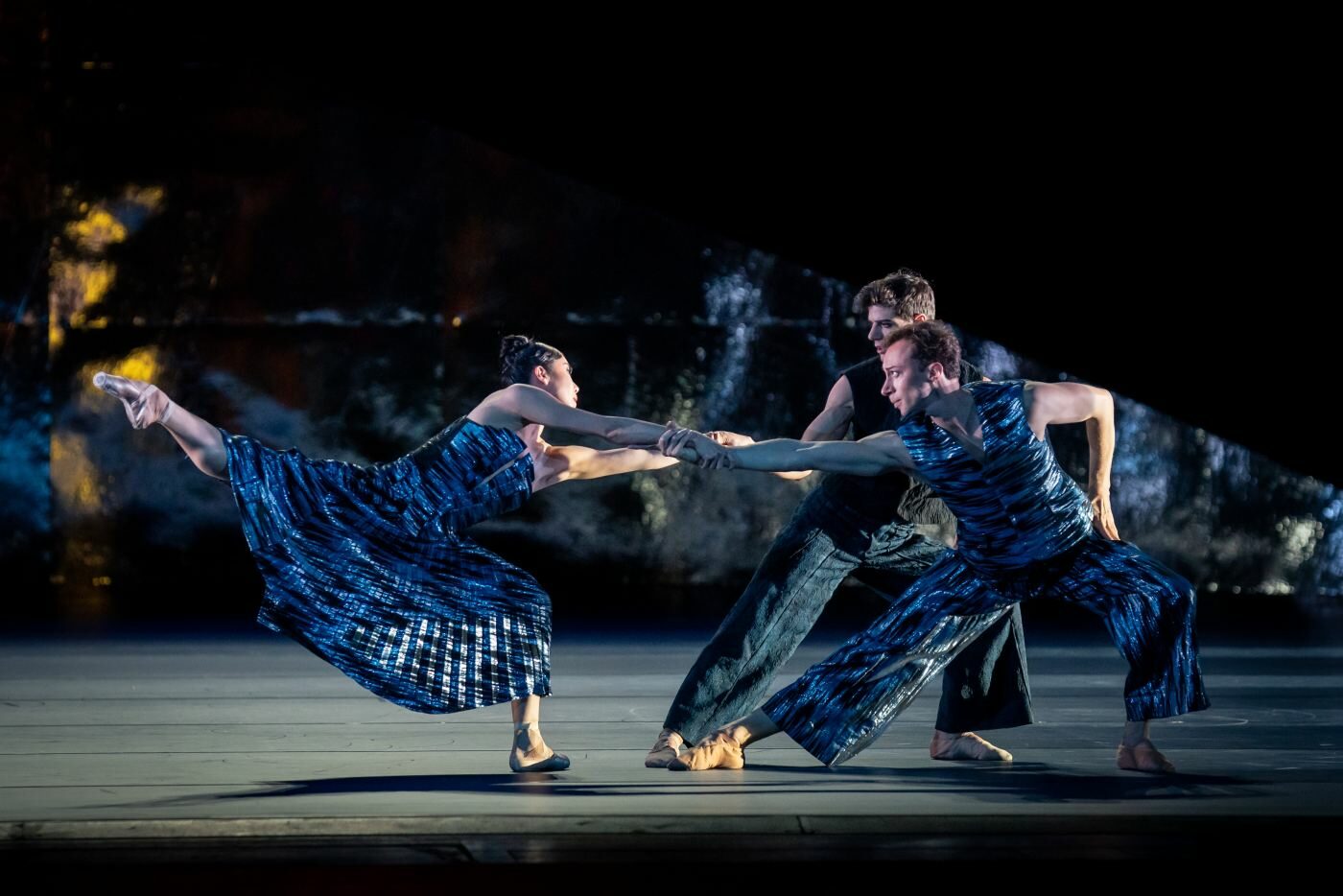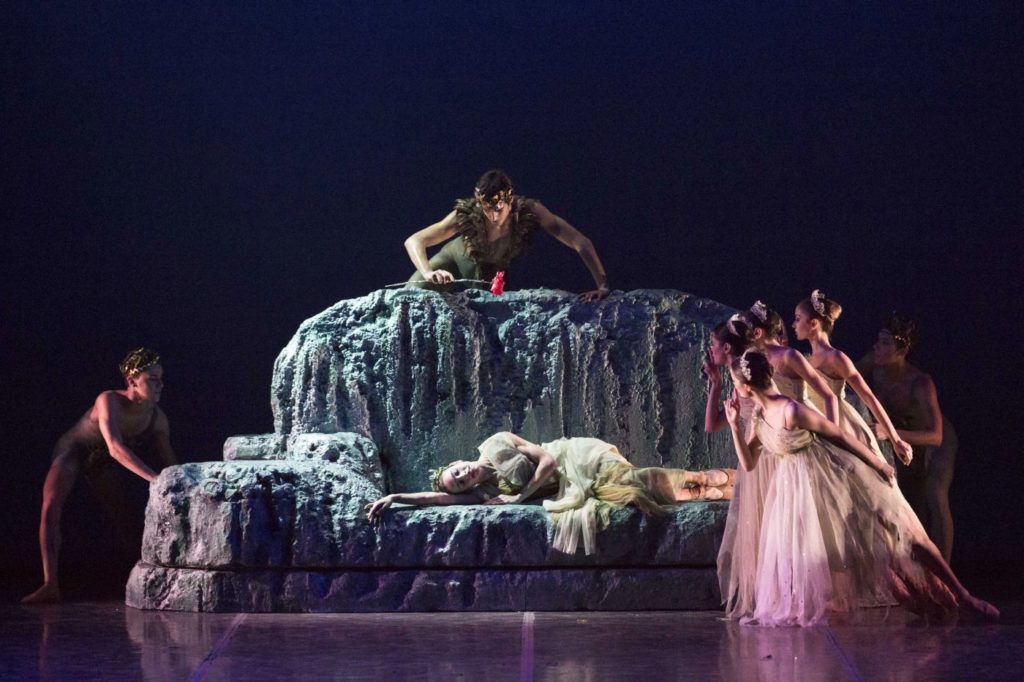Ambivalent
“Manon”
Ballet Company of Teatro alla Scala
Teatro alla Scala
Milan, Italy
July 08, 2024 (live stream)
by Ilona Landgraf
Copyright © 2024 by Ilona Landgraf
 Given the mind-boggling speed with which Western culture is changing, La Scala’s live stream of Kenneth MacMillan’s Manon felt like a relic from the good old days of ballet. Unlike other staples of the classical repertory—Swan Lake, Sleeping Beauty, or The Nutcracker, for example—with a spiritual dimension that serves as a source of inspiration in difficult times, Manon has the opposite effect. Based on Abbé Prévost’s novel Manon Lescaut (1731), it dives deeply into the social swamp of early-18th-century France and in the real swamps near the then-French colony of Louisiana. Rabble and the poor crowd the streets and the upper class’s silk and satin façade barely hides their rotten morals. Sex, money, and power reign in everyday life, and, for women, alluring men is the only way to secure an existence. Not a single soul remains untainted in the sex-and-crime-ridden love tragedy of Manon. (more…)
Given the mind-boggling speed with which Western culture is changing, La Scala’s live stream of Kenneth MacMillan’s Manon felt like a relic from the good old days of ballet. Unlike other staples of the classical repertory—Swan Lake, Sleeping Beauty, or The Nutcracker, for example—with a spiritual dimension that serves as a source of inspiration in difficult times, Manon has the opposite effect. Based on Abbé Prévost’s novel Manon Lescaut (1731), it dives deeply into the social swamp of early-18th-century France and in the real swamps near the then-French colony of Louisiana. Rabble and the poor crowd the streets and the upper class’s silk and satin façade barely hides their rotten morals. Sex, money, and power reign in everyday life, and, for women, alluring men is the only way to secure an existence. Not a single soul remains untainted in the sex-and-crime-ridden love tragedy of Manon. (more…)

